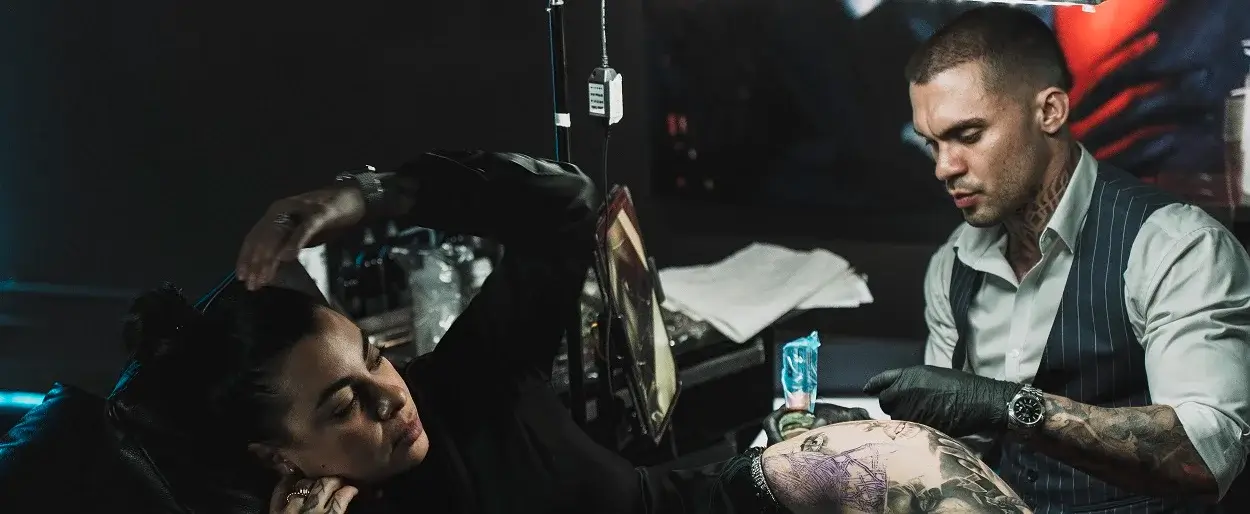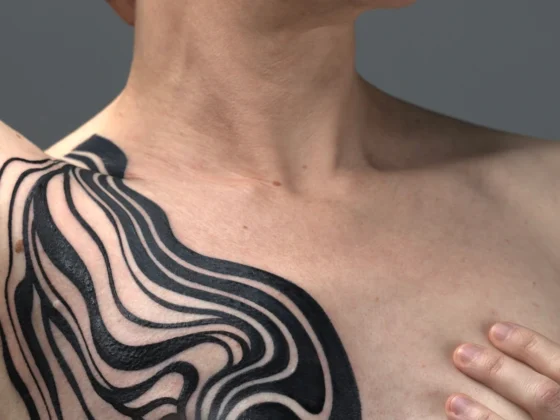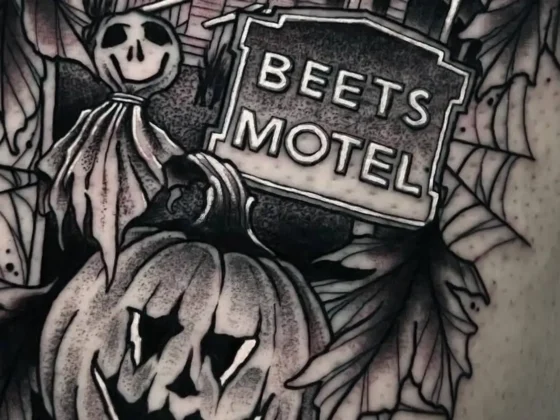Inked Mag Staff
May 29th, 2014
The Secret Garden
Mabuhay Gardens, the 9:30 Club, the Brixton Academy, Fireside Bowl, the Whiskey … they’ve all become part of the greater culture of rock. And thanks to some brilliant (borderline obnoxious) merchandising, the whole world knows what CBGB’s was.
Even if you never saw Operation Ivy play at 924 Gilman Street in Berkeley, you’re still aware of the stories. Everyone has heard of LA’s Roxy Theatre, if only from the live Social D and Bob Marley albums recorded there.
Mabuhay Gardens, the 9:30 Club, the Brixton Academy, Fireside Bowl, the Whiskey … they’ve all become part of the greater culture of rock. And thanks to some brilliant (borderline obnoxious) merchandising, the whole world knows what CBGB’s was.
But unless you’re from Central New Jersey—or were a touring musician in the 80s—you never heard of Trenton’s City Gardens. There were no famous albums recorded there. There’ve been no artists gentrifying the neighborhood to bring attention to this lost relic. The real estate around it still ain’t worth shit. And although it hosted every icon from the Chili Peppers to the Beastie Boys, Black Flag to De La Soul, presented the first-ever Danzig show, and allowed Ween to cut their teeth, the venue has yet to be fully documented.
Make no mistake; this Calhoun St. hole-in-the-wall was legendary – fucking legendary. Period.

Now City Gardens may finally get its place in the annals of glorious hellhole history with Riot on the Dance Floor, the new film by New Jersey’s Steve Tozzi.
“I guess the main reason I wanted to document the history of the place was mainly because I personally never understood why it worked, why it was there of all places… and why it got so popular for the bands to play,” Tozzi, an award winning filmmaker and alumni of City Gardens. “I knew nothing about what it took to put on a show and how it functioned. On top of that, Trenton was as perplexing as a capital city as the club was a viable venue. But it happened. And it made a mark on a lot of kids.”

A film can list epic shows, document underground music growing out of nothing, and recall incidents like the Exploited having their bus flipped over, but the real story is who made it all happen. That “who” is Now – Randy Now, AKA Randy Ellis, the club’s infamous promoter.
“When I met Randy and started to ask musicians about him, there was a face to the club,” Tozzi explains. “The heart and soul of what that place was came from him. And that, in my mind, triggered the commitment to do the film.”
The story Tozzi tells is as much Now’s as the brick and mortar building in a blighted section of Trenton. A lifelong music appreciator, Now started his career as a nickel-and-dime DJ, spinning alternative and New Wave. That led to booking shows, and eventually City Gardens became a mandatory tour stop for anyone on the road from the Dead Kennedys to REM, Ice-T, Sam Kinison, and Ministry.

The film fills an important gap between the early 1980s era covered in American Hardcore, and the 90s revolution that broke underground music, an imperative decade in countercultural history.
Also, City Gardens was one of the first places that tattoo culture got a foothold. During the years the club thrived ink was still an underground thing. But this was an underground club. Of course, Henry Rollins, John Joseph and countless skins had their iconic pieces already. But as the chords jolted through the PA, the temperature in the place began to rise, and flannels or hoodies would come off, it was one of the places you’d see random pieces on people who would become so influential in the tattoo world.
Memories of the club essentially led Tozzi on a three-year journey to recount the life and times of the club, it’s context within the social history of Trenton, and the career arc of Now. The latter is a more dismal tale as Now left the security of his US Postal Service job to become a full-time music promoter. As the Bad Religions and Jimmy Cliffs went on to influence worldwide culture when City Gardens shut its doors, Now pocketed nothing for his efforts.

The film is moved along with poignant interviews with Ian McKaye of Fugazi, Milo Aukerman of the Descendents, and H.R. of the Bad Brains (and even the recently deceased Gwar frontman Dave Brockie) but in that pre-digital age, there was very little actual show footage available. Thankfully, Tozzi found a right-hand man in Ken Salerno, a bricklayer who happened to shoot hundreds of shows in the heyday of City Gardens as a Thrasher Magazine photographer.
“I would say that Ken’s photography was the only true window back to that time and what it was like,” Tozzi says. “Back then the only video option was very poor quality VHS standard definition filming cameras. There was very little in regards to footage from back then, so his photos were critical in helping tell these stories.”
Salerno also brought an added authenticity to the piece himself.
“We sat down with Ian MacKay and he wasn’t really sure what direction we were going,” Salerno says. “But he looked at me and said, ‘What’s your involvement in all this, Ken?’ I didn’t even think he’d remember me. But he did, and he gave us so much great stuff.”

Riot on the Dance Floor made its world premiere at the Independent Film Festival in Boston in April. It can be seen at the Lighthouse International Film Festival on Long Beach Island, New Jersey, June 5-8 and the New Hope Film Festival in Pennsylvania, July 25 – August 3.
Editor's Picks
Bridging Classical Art and Modern Tattooing
Esteban Rodriguez brings the discipline of classical fine art to the living canvas of skin, creating hyper-realistic tattoos that merge technical mastery with emotional depth.
Show Your Ink Fashions Brings Custom Style to Tattoo Culture
Show Your Ink Fashions creates custom shirts designed to showcase your tattoos as wearable art, blending fashion with personal expression.
The Ultimate “Superman” Tattoo Roundup: Just in Time for Superman’s Return to Screens
With Superman’s big return to theaters, fans are revisiting some of the most iconic ink inspired by the Man of Steel.














